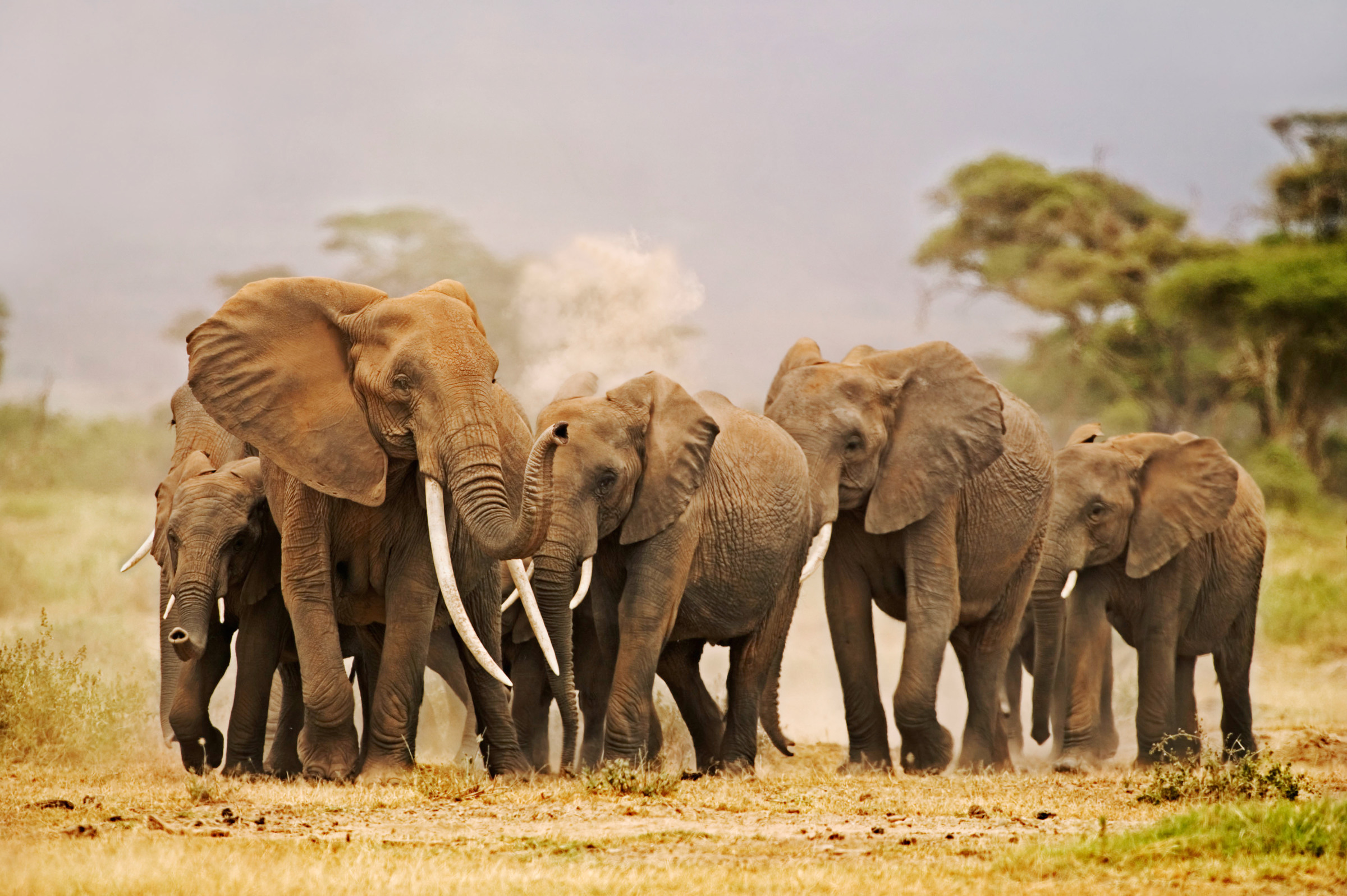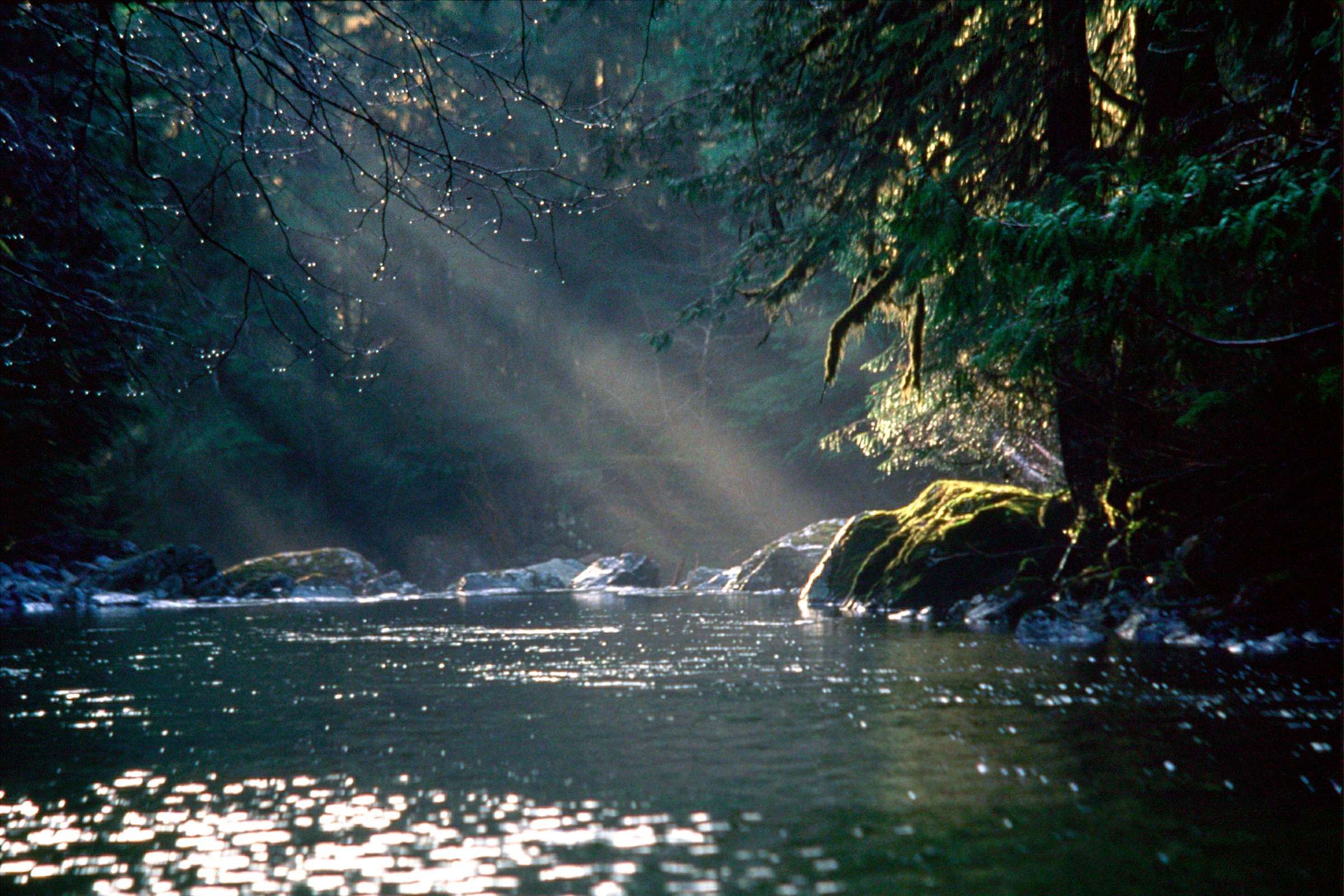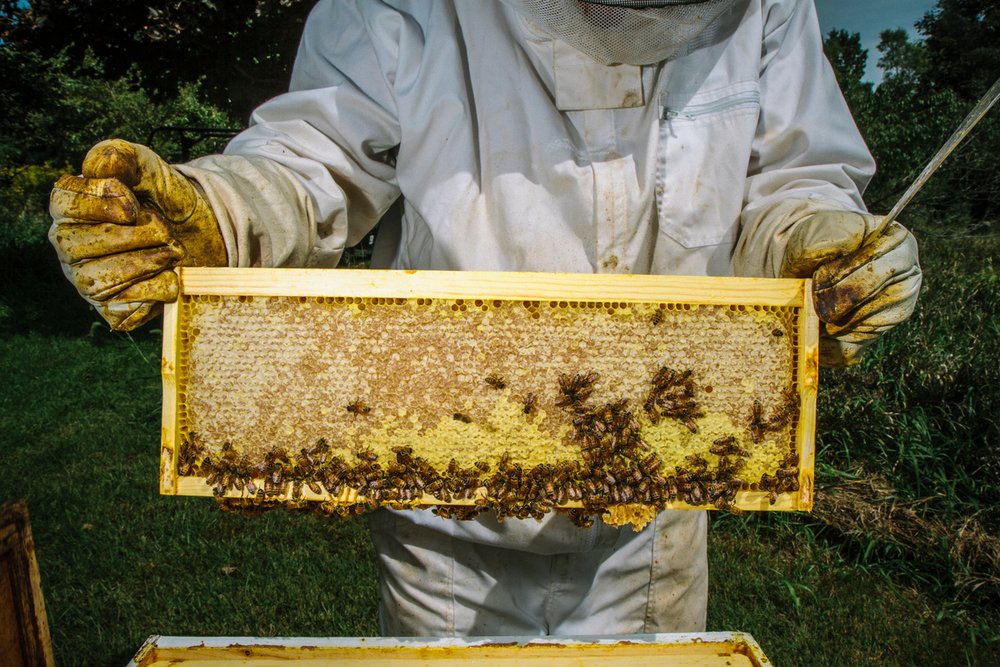Find the perfect gift for wildlife lovers. SHOP NOW
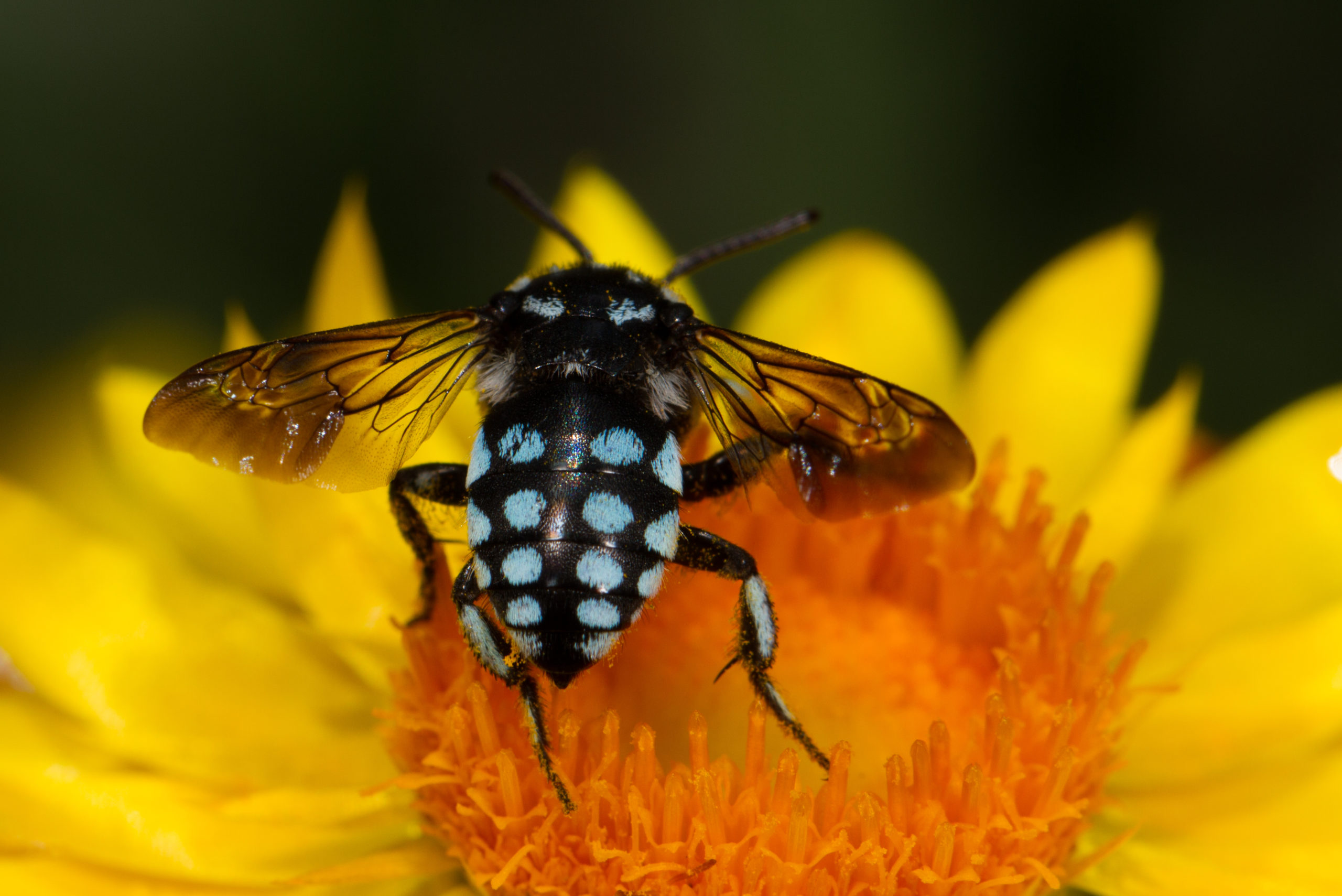
LIVING PLANET REPORT 2018
We are the first generation that has a clear picture of the value of nature and the enormous impact we have on it. We may also be the last that can act to reverse this trend.
WHAT IS THE STATE OF WILDLIFE?
Earth is losing biodiversity at a rate seen only during mass extinctions. Unsustainable human activity is pushing the planet’s natural systems that support life on Earth to the edge. As a result, global populations of vertebrate species have declined by an average of 60 per cent in less than 50 years.
The Living Planet Report, WWF’s flagship publication released every two years, is a comprehensive study of trends in global biodiversity and the health of the planet. The Living Planet Report 2018 is the twelfth edition of the report and provides the scientific evidence to what nature has been telling us repeatedly: human development and consumption are having devastating impacts on wildlife, forests, oceans, rivers and climate.
Through multiple indicators including the Living Planet Index (LPI), provided by the Zoological Society of London (ZSL), the report shows us the urgent need for a new global deal for nature and people with clear, ambitious goals, targets and metrics, to reverse the devastating trend of biodiversity loss currently impacting the one planet we all call home.
TAKE ACTION FOR THE PLANET
Wildlife are struggling to hold on in places that are ours to preserve and protect. All across Canada, people are stepping up to help stop wildlife loss. You can, too.
Here’s how:
- Speak up as a citizen and as a consumer – use your voice and choices to encourage businesses and governments to shift to sustainable policies and practices for wildlife, protected areas and climate change.
- Calculate your personal consumption footprint, then work to reduce it.
- Be a champion for wildlife at work or on campus.
KEEPING WILDLIFE ON THE AGENDA
Governments at all levels, business, industry and the public must immediately join forces to meet Canada’s baseline commitments on biodiversity, protected areas and climate change. Failure to do so will result in continuing wildlife losses, with many species heading towards extinction. Specifically, we must:
- Create new high-quality networks of protected areas for terrestrial and inland waters, that prioritize species at risk, benefit the highest number of wildlife and act as massive carbon sinks.
- Create new networks of marine protected areas that prioritize critical habitat and foraging areas for species at risk, while keeping harmful development and extractive activities such as oil and gas exploration out of marine protected areas and marine refuges.
- Demonstrate political will and use the tools in the Species at Risk Act to prevent the extinction of our most vulnerable species (for example, issue an emergency order for southern resident killer whales).
- Stop delaying on the promise to phase out fossil-fuel subsidies and instead transition that funding to support habitat-friendly renewable energy development and jobs.
- Update Bill C-69 – the Impact Assessment Act – to ensure that all major development decisions are evaluated based on climate and biodiversity impacts, including:
- A carbon budget that limits emissions to 1.5C warming.
- Strategic, regional assessments that consider cumulative effects on ecosystems and wildlife.
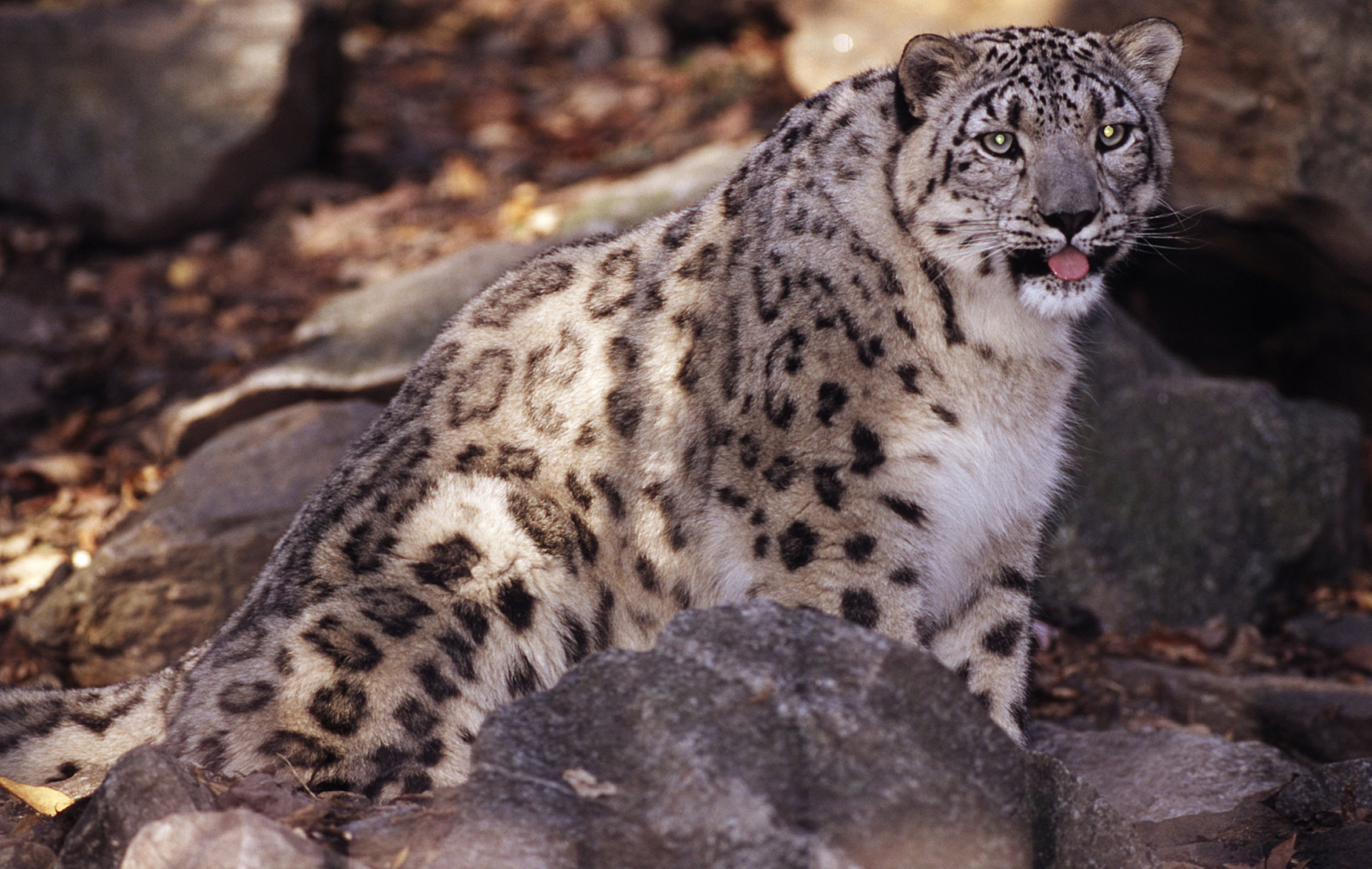 © Martin Harvey / WWF
© Martin Harvey / WWF

